Metal Casting Introduction: Types, Features & Applications
Metal casting involves injecting liquid metal into a mold to obtain a metal product in the desired shape.
Metal Casting Methods
In actual operation, metal casting methods include sand casting, investment casting, lost foam casting, metal mold casting, centrifugal casting, and pressure casting. These methods use gravity to fill the mold, and mold-making is a vital part of the entire production process. At the same time, due to the slow heat dissipation of the mold and the long cooling time, the casting production cycle time is also long.
In addition, there is another metal casting method called continuous casting or strand casting. Continuous casting is to pour molten metal into the crystallizer of the continuous casting machine, and then continuously pull out the surface-solidified casting from the other end of the crystallizer. Continuous casting can produce billets or rods of any length.
Sand Casting
Process: Sand casting is a method of casting using a sand mold. The specific process needs several steps, including making a sand mold, injecting molten metal, cooling and solidifying, destroying the sand mold, and taking out the casting.
Features: Sand casting has the advantages of low cost, short production cycle, and wide application range, but its surface finish, casting metallography, and internal density are relatively low.
Applications: Sand casting can apply to machinery manufacturing, automobile manufacturing, light industry manufacturing, and other fields. It can produce castings ranging from tens of grams to tens of tons, or larger. It is suitable for the production of castings with relatively simple structures.
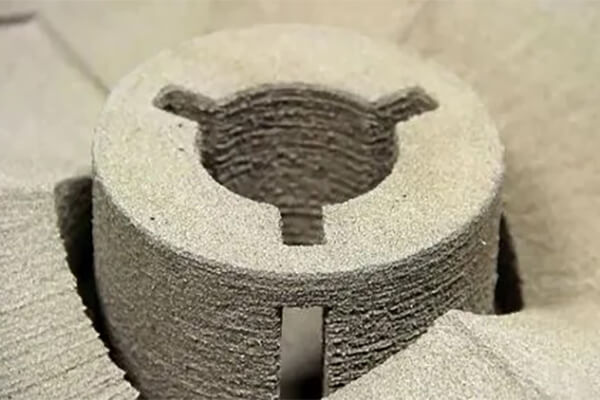
Investment Casting
Process: Investment casting is a method of making a mold using fusible materials. The specific process includes the flows of making a fusible material mold, injecting molten metal, cooling and solidifying, removing the fusible material, and taking out the casting.
Features: Investment casting has high surface roughness and can cast castings with complex shapes without alloy restrictions.
Applications: Investment casting is widely used in aerospace, electric power, petrochemical, and other fields, and is especially suitable for the production of small and medium-sized castings with complex shapes.

Lost Foam Casting
Process: Lost foam casting is a method of casting using foam plastic molds. The specific process includes making foam plastic molds, applying refractory paint and drying, burying in dry quartz sand and vibrating the shape, pouring molten metal, cooling and solidification, and destruction. Foam plastic mold, removal of castings, and other steps.
Features: Lost foam casting has the advantages of nearly no margin, accurate molding, no need for mold taking, no parting surface, and no sand core.
Applications: Lost foam casting is widely used in automobile manufacturing, machinery manufacturing, and other fields, and is suitable for the production of small and medium-sized castings with complex shapes.
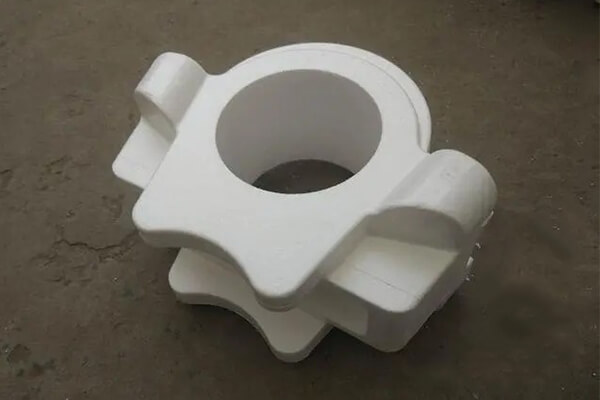
Metal Mold Casting
Process: Metal mold casting is a method of casting using metal molds. The specific process includes steps such as making a metal mold, injecting molten metal, cooling and solidifying, opening the metal mold, and taking out the casting.
Features: Metal mold casting has the advantages of high production efficiency and stable casting quality, but the investment is relatively large.
Applications: Metal mold casting is widely used in heavy machinery manufacturing, aerospace, and other fields, and is suitable for producing high-quality large and medium-sized castings.
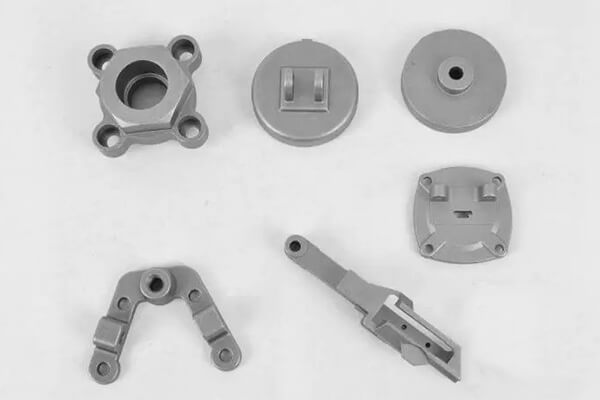
Centrifugal Casting
Process: Centrifugal casting is a method of casting using a rotating mold. The process includes making a rotating mold, pouring molten metal into it, filling it with the molten metal by a centrifugal force, and solidifying the molten metal into a casting.
Features: Centrifugal casting can produce castings with specific shapes and sizes, such as tubular castings.
Applications: Centrifugal casting is widely used in the petrochemical industry, pipeline manufacturing, and other fields, and is suitable for producing castings with specific shapes and sizes.
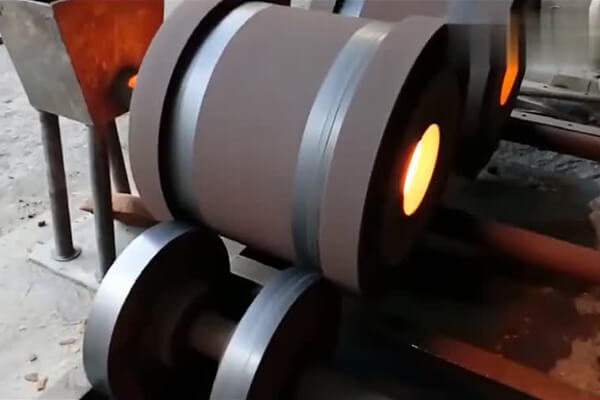
Pressure Casting
Process: Pressure casting is a method of pressing molten metal into a mold under certain pressure and maintaining pressure to crystallize and solidify, thereby obtaining castings with dense structure, good performance, high dimensional accuracy, and smooth surface. The specific process includes steps such as the die-casting machine injecting the molten metal into the casting mold at high pressure, maintaining the pressure to crystallize and solidify, and obtaining the casting.
Features: Pressure casting has the advantages of high production efficiency and good casting quality.
Applications: Pressure casting is widely used in automobile manufacturing, machinery manufacturing, and other fields, and is suitable for producing high-quality small castings.
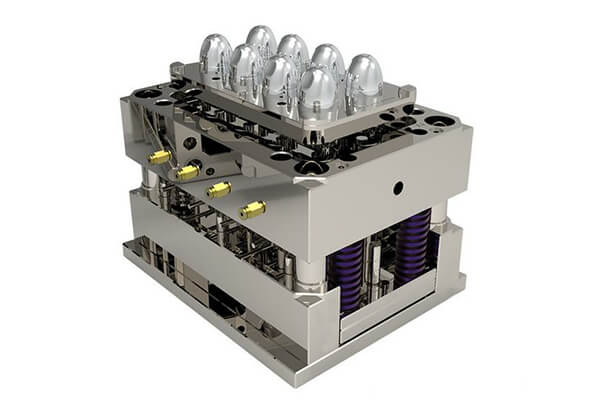
Continuous Casting
Continuous casting is an efficient, high-quality, low-cost metal casting method.
Advantages
High production efficiency: Since the castings of continuous casting can be continuously pulled out of the crystallizer, the production efficiency is very high.
Good casting quality: During the continuous casting process, the molten metal can be rapidly cooled in the crystallizer, making the structure of the casting more dense and with better mechanical properties.
Cost saving: Continuous casting can reduce the number of mold replacements and reduce production costs.
Wide scope of application: Continuous casting can be applied to various molten metals of different materials, such as steel, iron, aluminum, etc., so it is widely used in machinery manufacturing, automobile manufacturing, light industry manufacturing, and other fields.
High degree of automation: Continuous casting equipment has a high degree of automation, which reduces the labor intensity of workers and improves production efficiency.
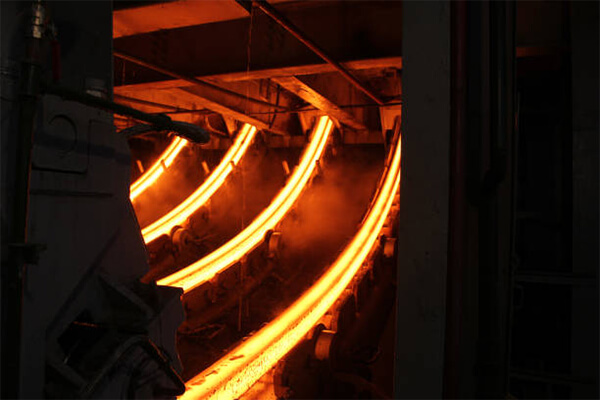
Applications
Steel industry: Continuous iron castings are widely used in the steel industry and are mainly used to produce continuous casting billets, transition billets, etc. Continuous casting billet is widely used in the steel rolling process and is regarded as an indispensable intermediate product in modern steel industry production.
Mechanical field: Continuous iron castings are widely used in the mechanical field, mainly used in heavy machinery, ship accessories, railway vehicle parts, bridge components, etc.
Automotive field: Continuous iron castings are also widely used in the automotive industry. High-strength continuous iron castings can be used in key components such as automobile hubs, exhaust manifolds, steering gears, brake calipers, and oil pumps.
Mining field: Continuous iron castings also have certain applications in the mining industry, mainly used in the production of mining machinery, mining vehicles, etc. In the mining environment, continuous cast iron parts have the characteristics of corrosion resistance and wear resistance and are suitable for special working environments.
Petrochemical equipment: High-strength components such as towers and reactors of petrochemical plants require the support of large iron castings, and the high efficiency of continuous iron castings can ensure the production cycle of the equipment.
In addition, continuous casting is also used in aerospace, electric power, and other fields, and is an integral part of many industrial sectors.
At Last
The metal casting industry has broad prospects, but it also faces some challenges, such as technological upgrading and environmental protection requirements. In the future, the metal casting industry will need to continuously carry out technological innovation, transformation, and upgrading to adapt to market demand and environmental protection requirements.

